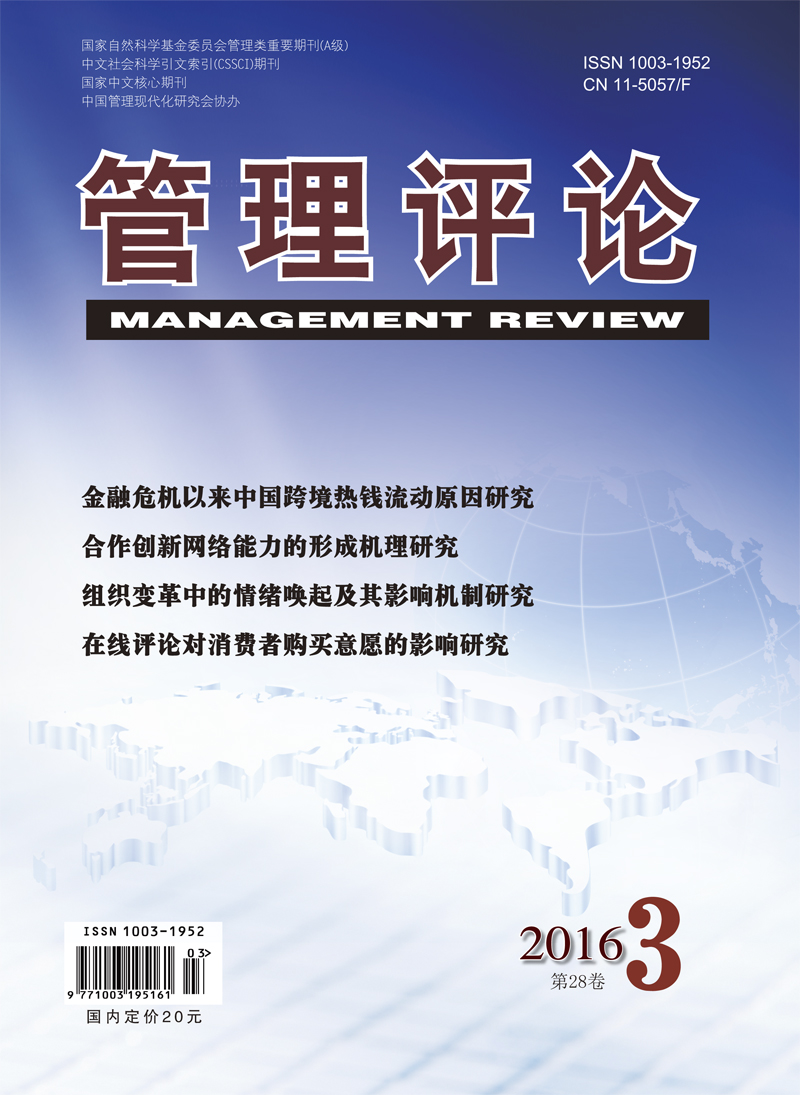The measurement of the technical progress is one of the key issues in the development economy for a long time. The economists have paid much attention to the technical progress in the developing countries because of its close relationship with the sustainable development of the developing countries. So far as to the study of technical progress in China, many scholars have calculated it in the scale of nation or province. In this paper, we calculate the technical progress in the sector scale base on the Input-output table (1987-2007) and the Cobb-Douglas production, combined with the calibration method. The results show that technical progress of the mining sector is the highest, namely 6.19%. The technical progress of coking, gas and processing of petroleum, the finance and insurance, and the agriculture, forestry, animal husbandry & fishery sectors are also more than 4%. And the technical progress of the manufacture of nonmetallic mineral products, other manufacture, commercial and catering service, transportation and postal, construction, machinery and equipment, and textile, sewing, leather and furs products sectors are also almost 3%. However, the technical progress of other service sector is only 1.13%. What's worse, the technical progress of the food stuff, production and supply of electric sectors are even less than 0.

